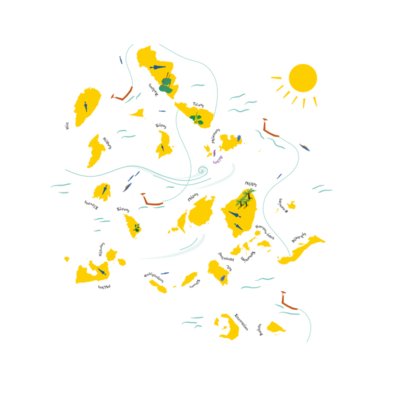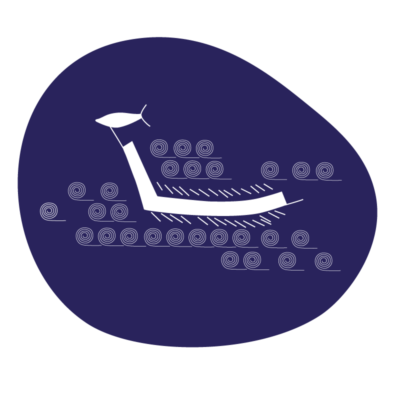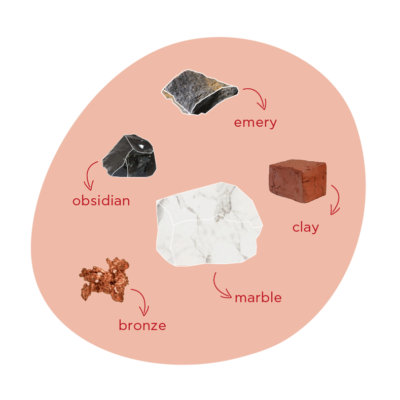How did the ancient Cycladic people live?
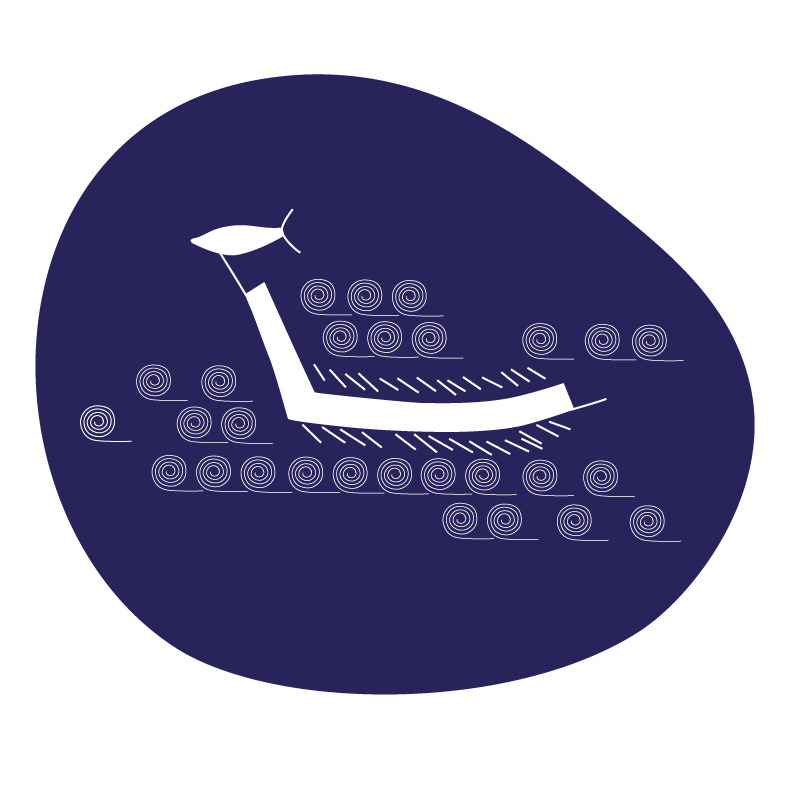
Everyday life
As seafaring people, the Cycladic islanders traversed the Aegean in their ships, exchanging goods and ideas. They realized from a very early date that the sea that isolated them could also be converted into a bridge that would bring them into contact with other civilizations.
Farming, raising livestock, fishing and hunting constitute the daily activities of these islands dwellers who resided permanently in small settlements, first near the coastline, then later on hillsides.
How do we know about their daily lives?
Our knowledge of the everyday life of the ancient Cycladic peoples, their burial customs and religious beliefs are based exclusively on the objects that archaeologists discovered and continue to discover in excavations, as no written accounts whatsoever exist from this era.
What were their homes like?
- The ancient inhabitants of the Cyclades dwelt in small coastal towns, with safe anchorages and, later in time, on the sides of the hills. Their houses were small with walls built of stone and clay and floors made of well-beaten earth or stone slabs. The roofs consisted of layers of wooden beams and reeds, as well as clay. Their furniture, stools, chairs, and tables seem to have been made of wood and have not therefore survived. To keep themselves warm in winter, they lit portable braziers and spread sheepskins on the floor. In order to see when it was dark, they li lamps that burned oil.
- Many of the vases and vessels they used in their daily life, were hung inside the houses for storing the production, cooking and eating.
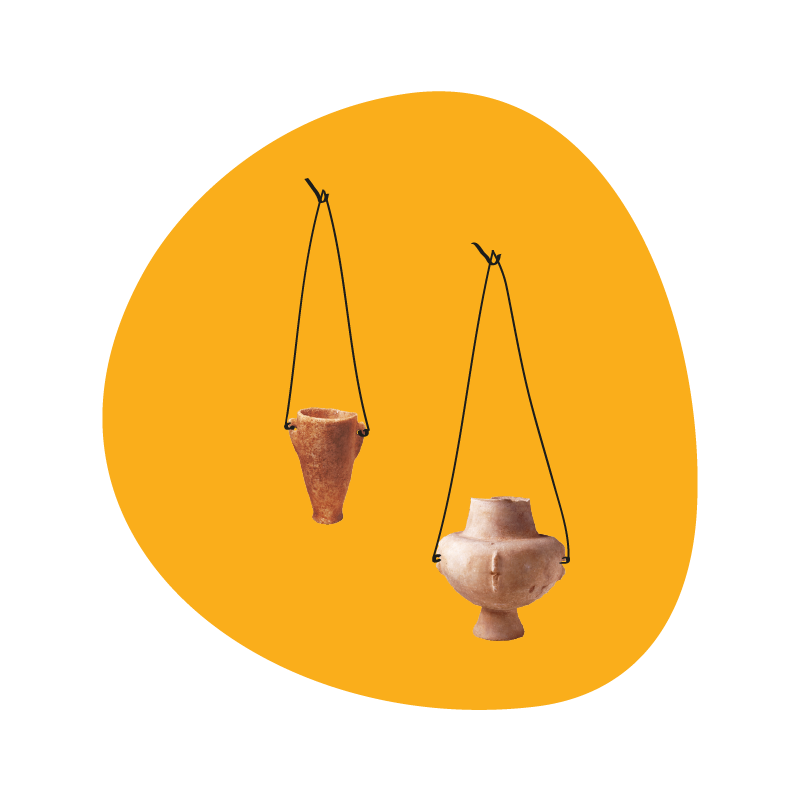
What did they eat?
- Most of the everyday tasks performed by the inhabitants of the Cyclades during the early Bronze Age were associated with the securing and production of food.
- Cultivation of the soil was one of the basic occupations of the islanders, especially on the larger islands, and above all on Naxos, which would have possessed plenty of fertile, cultivable areas at this early date, as it does today. The basic diet consisted of cereals, legumes, olives and various kinds of fruit and nuts. Fish and seafood, as well as game, supplemented the daily table.
- In addition to farming, stock-raising was also one of the daily occupations of the inhabitants of the Cyclades. Sheep, goats, cows, and pigs provided them with meat and milk, as well as with hides and wool.

DESCRIBE
- COMMERCE:
- The sea occupies a special place in the life of the Cycladic islanders.
➜ Could you describe a voyage made by an ancient islander from one island to another? The purpose of the voyage could be to exchange products. What products does he carry? What difficulties did he encounter along the way? What other islands did he stop at?
FIND OUT
- DIET:
- The plants and animals to be found in the modern Cyclades are similar to those of ancient times.
➜ It would be interesting for the students to gather information, photographs, and different products (nuts, seeds, etc.) and discuss cultivation methods, as well as the problems encountered in achieving sufficient production on the more barren islands.
RESEARCH
- BURIAL CUSTOMS:
- Most of the artefacts associated with Cycladic Civilization have been discovered in tombs. At the time, the Cycladic islanders believed that their loved ones lived on after death, in a different world that was unknown to them.
➜ The belief of the ancient Cyclades in a life after death was important. Can you look for parallel customs in modern times?

